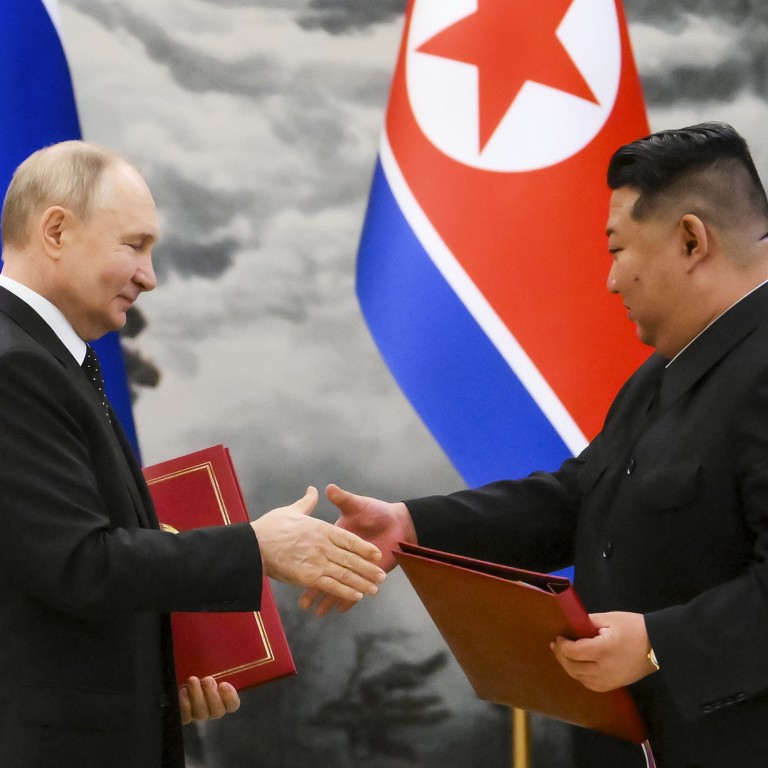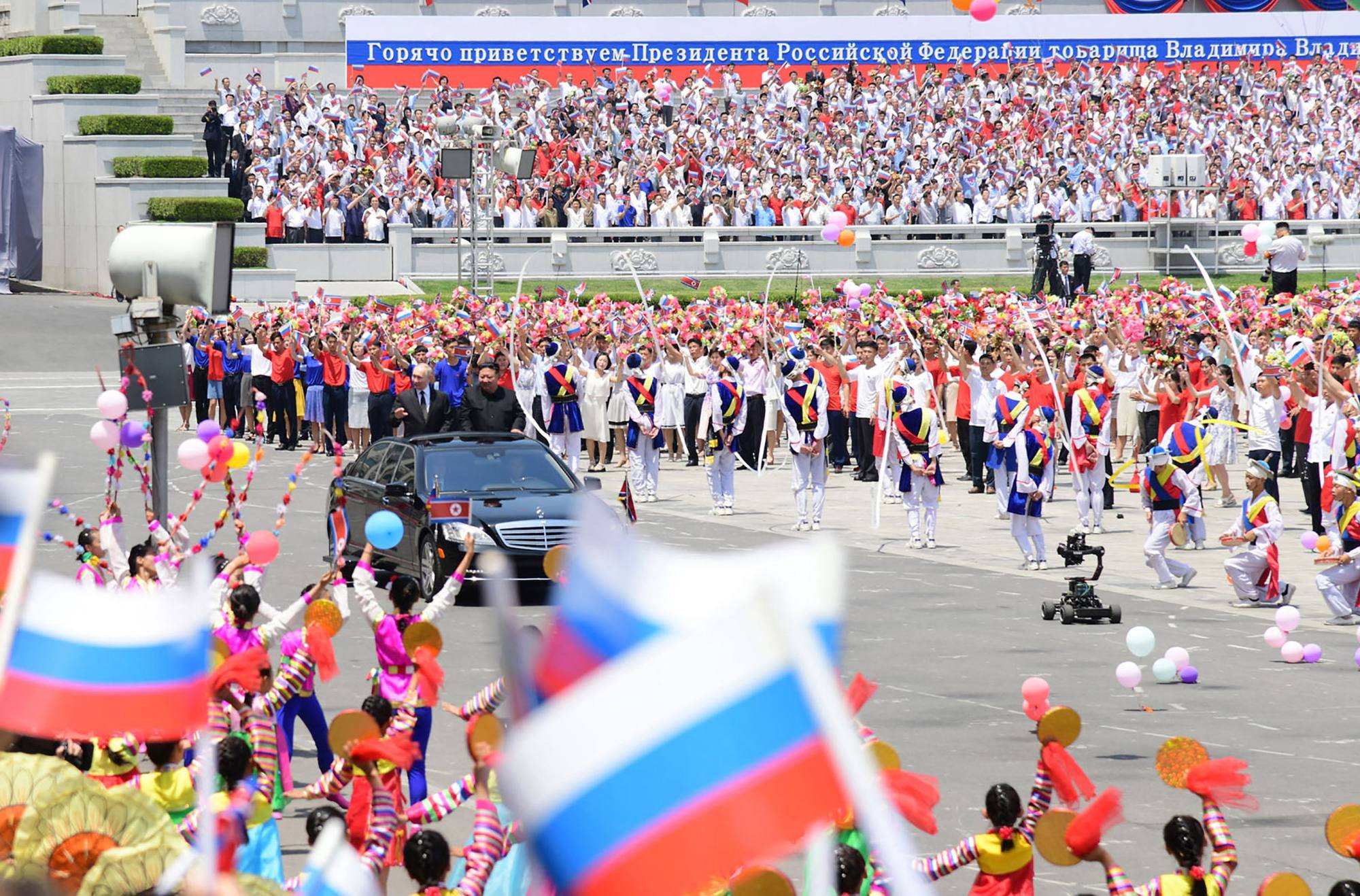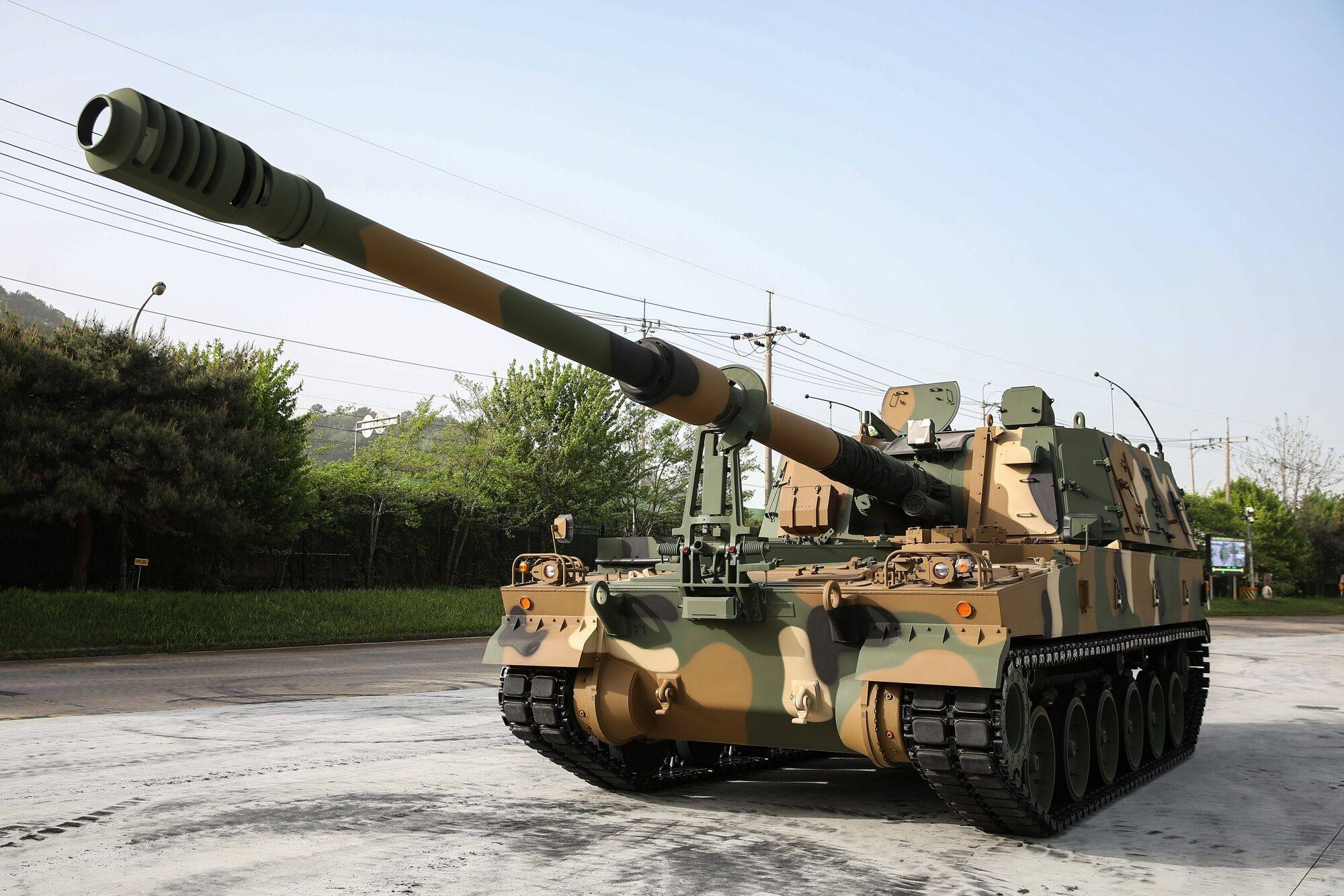
Russia-North Korea military pact prompts Seoul to threaten arms to Ukraine
- Seoul sending lethal aid to Ukraine in retaliation for Moscow arming Pyongyang with precision weapons could trigger seismic strategic shifts
Experts say such moves would prompt significant strategic shifts. Seoul’s threatened provision of lethal aid to Ukraine could help Kyiv achieve a “breakthrough” in its ongoing conflict with Russia. Conversely, Moscow’s threats to arm North Korea could escalate regional tensions and provoke a military response from the South and its allies.
South Korean national security adviser Chang Ho-jin issued a fresh warning to Russia on Sunday against crossing a “red line” by supplying “high-precision weapons” to North Korea.

Putin brushed off Seoul’s response, saying on Thursday “South Korea has nothing to worry about”.
But he also warned the South against supplying weapons to Kyiv, saying it would “be a very big mistake”.
Putin has threatened to arm North Korea and other countries should Western countries continue providing military aid to Ukraine.
Chang didn’t specify the types of weapons that South Korea might provide to Ukraine.
Political science professor Park Won-gon of the Ewha Woman’s University said the lethal weapons the South could supply to Ukraine include its much-touted Chunmoo multiple rocket launch systems, K9 howitzers and K2 tanks.
“In terms of the impact on the course of the war, the North’s supply of ammunition to Russia would pale in comparison if the South provides Ukraine with lethal weapons, which would help Ukraine make a breakthrough in the war,” he told This Week in Asia.

Suwon University Professor Ilya Belyakov said Putin was resorting to his typical “bluffing” tactics toward South Korea and the West.
“Russia has kept back-pedalling in its threats against the West as it has become mired in an endless war in Ukraine. It has nothing much in the way of punishing South Korea,” he said.
But Russia could provide the North with less lethal technology, such as that related to space programmes and the peaceful use of nuclear energy, he added.
Lee Il-woo, a senior researcher at the Korea Defence Network think tank, said Russia would likely give North Korea its upgraded version of the MiG-29 fighter jet with updated air-to-air missiles that could deter the South’s air attacks.
In November, North Korea dispatched a team of pilots and engineers to assist with maintaining and operating upgraded military aircraft at Sunan International Airport in Pyongyang, according to South Korean intelligence. Analysts suspect the aircraft technology was of Russian origin.
But Sun Yun, director of the China programme at the Washington-based Stimson Centre think tank, said Beijing does not want to form a three-way alliance with North Korea and Russia because it “needs to keep its options open”.
Such a coalition could mean a new cold war, something Beijing says it is determined to avoid. Aligning itself with Pyongyang and Moscow would be contrary to China’s goals of maintaining relationships with Europe and improving ties with Japan and South Korea, Sun said.
The Freedom Edge drills are likely to serve as a test of how the new Russo-North Korea treaty would work in terms of their joint response, said Professor Lim Eul-chul of the Institute for Far Eastern Studies.
“North Korea and Russia can demonstrate their military might by holding their own joint naval exercises in the East Sea (Sea of Japan)”, he said.
Additional reporting by the Associated Press


